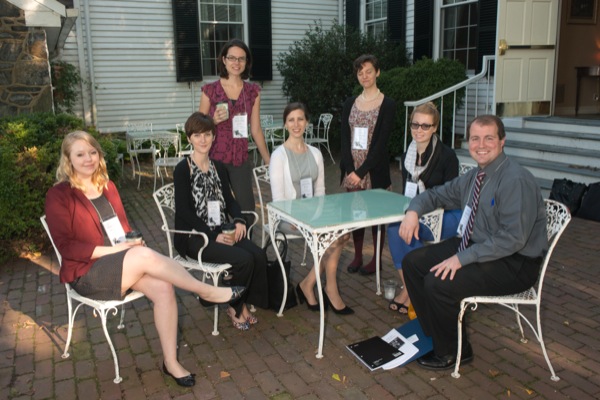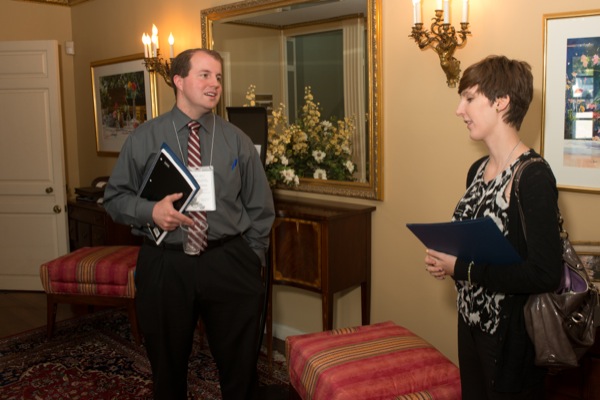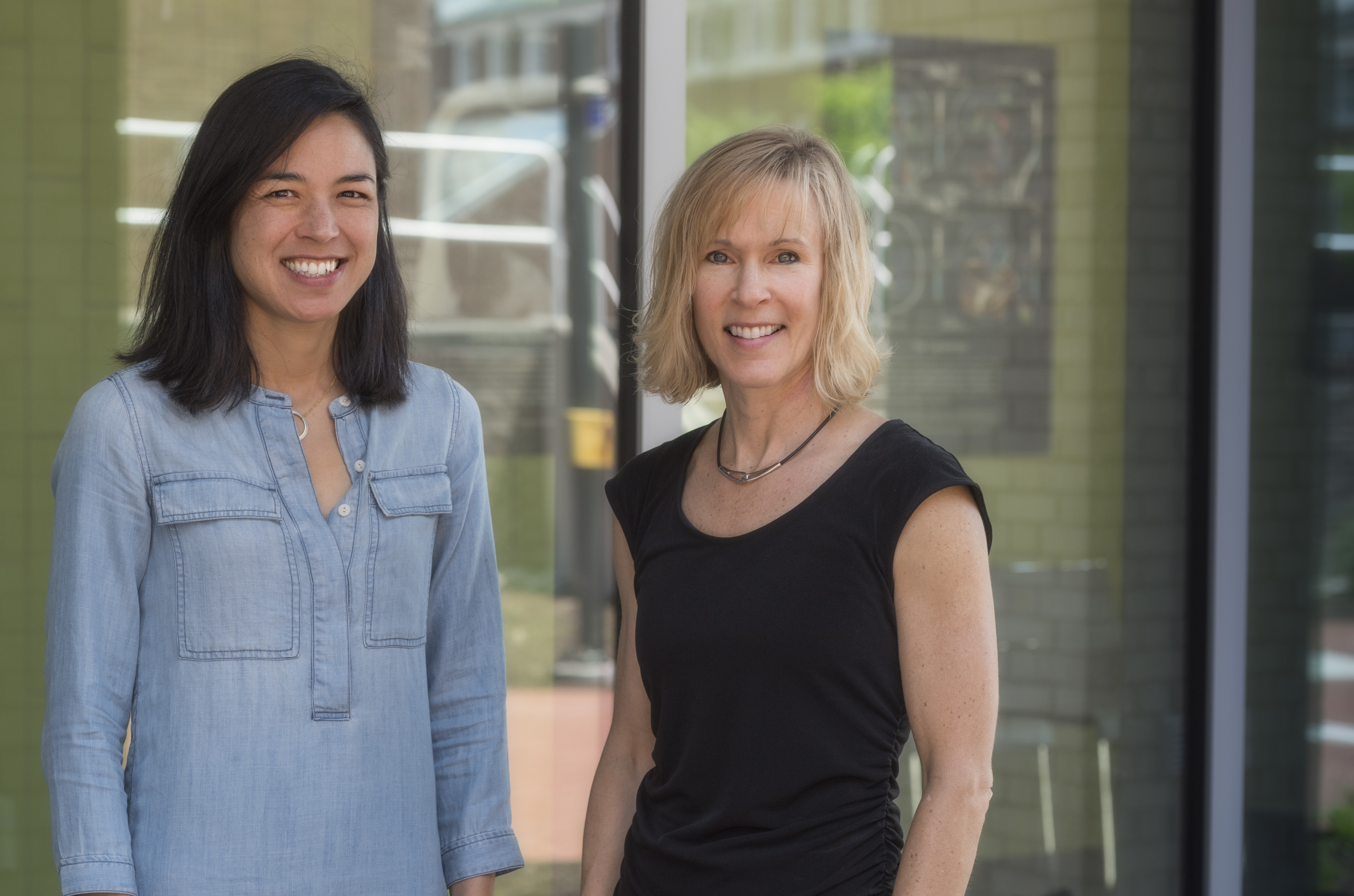


Power of the Victorian press
UD grad students to build undergrad assignments on Victorian press
9:57 a.m., Oct. 1, 2014--With support from the Interdisciplinary Humanities Research Center, 10 University of Delaware graduate students recently attended the 2014 annual meeting of the Research Society for Victorian Periodicals held at the University’s Wilmington campus.
Organized by Iain Crawford, associate professor of English and faculty director of undergraduate research and experiential learning, the conference brought together more than 100 U.S. and international scholars for two days of lectures and panels focused on the 19th-century press.
Research Stories
Chronic wounds
Prof. Heck's legacy
In addition to the conference sessions, attendees visited the libraries at Hagley and Winterthur, and the Mark Samuels Lasner Collection in the Morris Library. A plenary lecture and conference dinner were held at the Delaware Art Museum. The group of UD students participated throughout the conference, with two of them presenting papers.
Building on this conference experience, each student is working to develop a teaching assignment around an undergraduate research project. Whether using print materials available in the Morris Library, archival materials held in local collections such as those at Winterthur and Hagley or the rapidly expanding number of digital databases, these assignments will focus on engaging students in original research projects in the vast universe of the Victorian press.
“My hope is that the graduate students will have an opportunity to teach these assignments during their time at UD,” said Crawford, “giving them the chance to see how undergraduate research can be integrated into the curriculum, and then to include them in their dossiers when they go on the job market.”
Christian Brockmeyer, a second-year master’s student in English, commented, “I noticed that many of the panels involved the analysis of visuals that recur throughout Victorian periodicals, and I would like to design assignments on the basis of visual rhetoric, asking students to think fully about how to analyze a painting, an advertisement, a photograph or another kind of visual that is important to them or that they think sends a powerful, meaningful message.”









